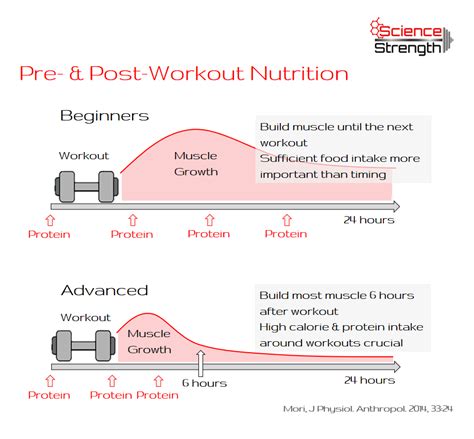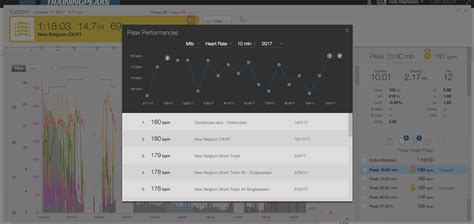Elevate performance: Optimal progressive overload for strength gains?

The Cornerstone of Strength: Understanding Progressive Overload
Many individuals embark on a fitness journey with enthusiasm, only to find their progress stagnating after an initial period of gains. The key to sustained improvement in strength and muscle mass isn’t just showing up; it’s about strategically challenging your body to adapt. This fundamental principle is known as progressive overload.
Progressive overload is the gradual increase in stress placed upon the musculoskeletal system during exercise. Without it, your muscles have no reason to get stronger or grow bigger. Once your body adapts to a certain stimulus, that stimulus is no longer enough to provoke further adaptation. To elevate performance and achieve optimal strength gains, understanding and implementing progressive overload is non-negotiable.

What Exactly Is Progressive Overload?
At its core, progressive overload means doing more over time. This ‘more’ isn’t always about lifting heavier weights, though that’s certainly a common and effective method. It encompasses a range of strategies designed to continuously challenge your muscles beyond their current capabilities, forcing them to adapt by becoming stronger and more resilient.
The human body is remarkably adaptable. When you consistently expose your muscles to a demand they are not accustomed to, they respond by undergoing hypertrophy (growth) and increasing their strength to better handle future stresses. If the demands remain constant, adaptation ceases, leading to plateaus. Progressive overload ensures that the demand is always one step ahead, driving continuous improvement.
Key Methods to Implement Progressive Overload
While increasing the weight lifted is the most straightforward approach, progressive overload can be achieved through various intelligent methods:
1. Increasing Load (Weight)
This is the most common and direct way to apply progressive overload. Once you can comfortably complete your target reps and sets with a certain weight, it’s time to increase the load slightly. Even a small increase of 2.5-5 lbs can make a difference over time.
2. Increasing Repetitions
If you’re unable to increase the weight, try adding more repetitions to your sets. For example, if you were doing 3 sets of 8 reps, aim for 3 sets of 9 or 10 reps with the same weight. This increases the total volume of work.
3. Increasing Sets
Adding an extra set to an exercise is another effective way to increase volume and stimulate further muscle adaptation. This can be particularly useful for those looking to maximize muscle hypertrophy.
4. Decreasing Rest Times
Reducing the rest period between sets makes your workout more challenging by increasing metabolic stress and overall intensity. This can be effective for improving muscular endurance and conditioning.
5. Improving Form and Time Under Tension (TUT)
Often overlooked, performing an exercise with stricter form, a fuller range of motion, or by slowing down the eccentric (lowering) phase of a lift can significantly increase the demand on the target muscles. This ensures better muscle activation and can lead to superior gains even with the same weight.
6. Increasing Training Frequency
Training a muscle group more often throughout the week can provide more opportunities for stimulus and growth, provided adequate recovery is maintained. This might mean hitting a muscle group twice a week instead of once.

Strategic Application: How to Integrate Progressive Overload
To effectively apply progressive overload, consistency and tracking are paramount. Keep a training log – whether digital or physical – to record your weights, reps, and sets for each exercise. This allows you to look back and ensure you’re always striving to improve upon your last performance, even if by a small margin.
Consider incorporating periodization into your training. This involves structuring your training into cycles with varying levels of intensity and volume. For example, a block of higher volume, moderate intensity training might be followed by a block of lower volume, higher intensity work. This helps manage fatigue, prevent plateaus, and provides strategic overload.
It’s also crucial to listen to your body. While the goal is to consistently increase demands, pushing too hard all the time can lead to overtraining or injury. Implement deload weeks where you reduce volume and/or intensity to allow for full recovery and supercompensation, setting you up for stronger progress afterwards.

Overcoming Plateaus and Preventing Overtraining
Plateaus are a natural part of any strength journey. When you hit one, it’s a sign to re-evaluate your approach. Perhaps you need to switch up your progressive overload method, introduce a new exercise variation, or take a deload. Sometimes, the solution isn’t to push harder, but to recover better – focusing on sleep, nutrition, and stress management.
Preventing overtraining is just as important as implementing overload. Symptoms like persistent fatigue, decreased performance, prolonged muscle soreness, and irritability are red flags. A balanced approach that prioritizes smart training, adequate recovery, and proper nutrition will ensure sustainable long-term strength gains without burnout.

Conclusion: The Lifelong Journey of Strength
Progressive overload isn’t just a gym buzzword; it’s the fundamental principle that underpins all effective strength and muscle-building programs. By continually finding ways to challenge your body – whether through more weight, more reps, better form, or reduced rest – you compel it to adapt and grow stronger.
Embrace the journey of continuous improvement, track your progress diligently, and be patient. With a strategic application of progressive overload, you won’t just elevate your performance; you’ll unlock your full potential for strength gains and build a resilient, powerful physique that stands the test of time.






